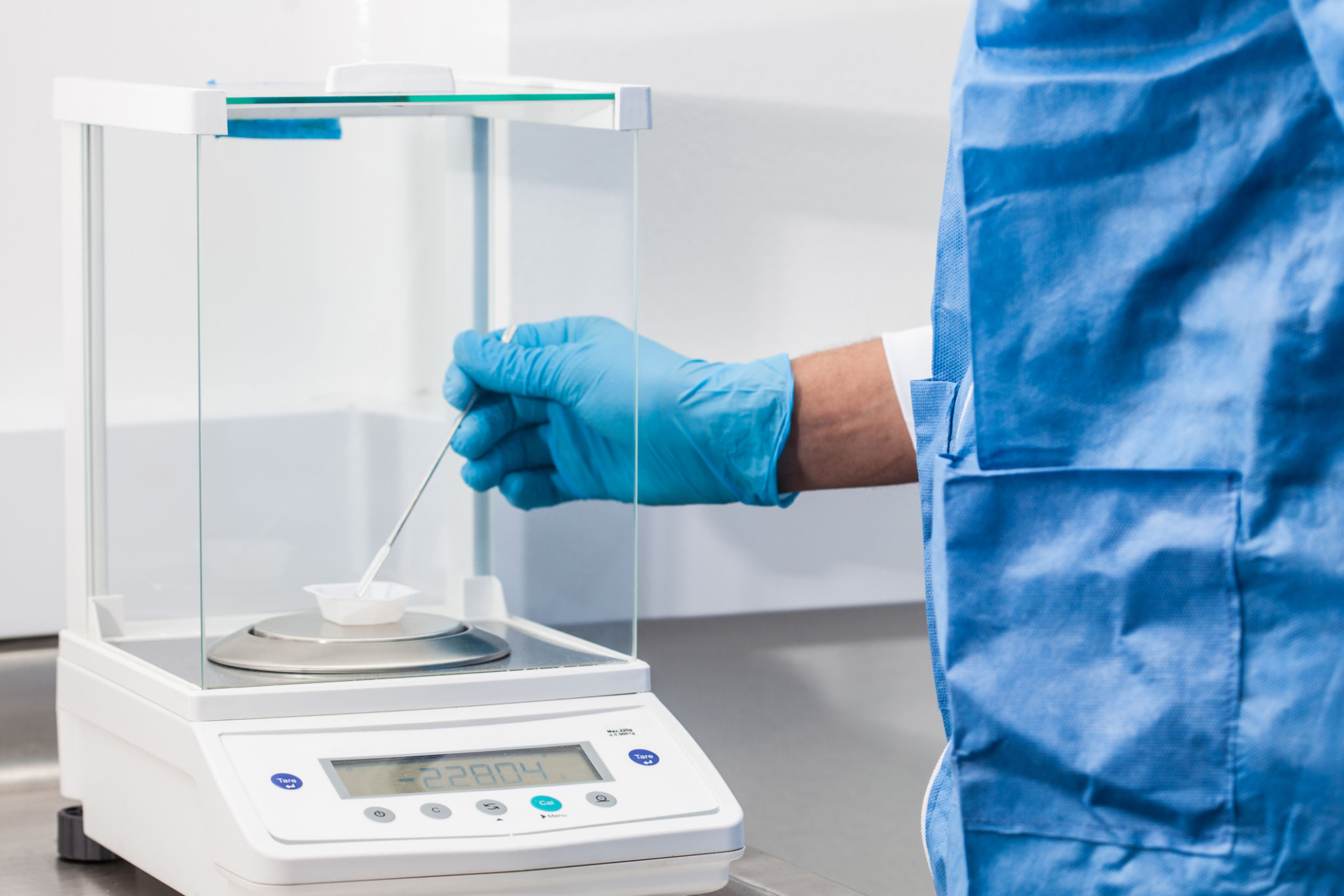How to Implement Emergency Biosecurity Measures During Outbreaks
Understanding Biosecurity and Its Importance
In the face of an outbreak, implementing emergency biosecurity measures is crucial to prevent the spread of disease and protect both human and animal populations. Biosecurity involves a series of precautions and practices designed to reduce the risk of transmission of infectious diseases. It's essential for maintaining the health of ecosystems and communities.
During an outbreak, swift and effective action can mean the difference between containment and widespread infection. Understanding the principles of biosecurity can help organizations and individuals respond appropriately to emergencies, safeguarding health and minimizing economic impact.

Assessing the Situation
Before implementing any biosecurity measures, it's vital to assess the current situation. This involves identifying the source of the outbreak, understanding how the disease is transmitted, and evaluating the risk to different populations. Gathering accurate information quickly is essential for an effective response.
Once the assessment is complete, prioritize actions based on the level of threat and available resources. Establishing clear communication channels with relevant authorities and stakeholders ensures everyone is informed and coordinated in their response efforts.
Establishing Control Zones
An important step in biosecurity during an outbreak is establishing control zones. These are designated areas where specific measures are implemented to contain and manage the spread of the disease. Typically, there are three types of zones:
- Infected Zone: The area where the outbreak originated and where disease control measures are most intense.
- Buffer Zone: Surrounds the infected zone to provide an additional layer of protection.
- Surveillance Zone: Monitors and detects any signs of disease spread beyond the buffer zone.

Implementing Hygiene Practices
Basic hygiene practices are a cornerstone of biosecurity. During an outbreak, these practices should be intensified to reduce the likelihood of transmission. Key hygiene measures include:
- Frequent hand washing with soap and water or using hand sanitizers.
- Regular disinfection of surfaces and equipment.
- Proper disposal of waste and potentially contaminated materials.
Ensuring that all individuals within control zones adhere to these practices is critical for reducing the spread of infectious agents.
Limiting Movement and Access
Restricting movement in and out of affected areas is a vital measure to control outbreaks. Limiting access to essential personnel only helps prevent the disease from spreading to unaffected regions. Implementing checkpoints and decontamination stations at entry and exit points can further enhance biosecurity efforts.

Educating and Training Personnel
Educating all personnel involved in managing an outbreak is paramount. Conduct training sessions to ensure that everyone understands the biosecurity protocols, their roles, and responsibilities. Knowledgeable staff are better equipped to implement measures effectively and respond to unforeseen challenges.
Additionally, clear signage and regular updates on procedures help reinforce actions required for maintaining biosecurity standards throughout the outbreak response.
Monitoring and Adjusting Measures
As an outbreak evolves, it is crucial to continuously monitor the effectiveness of implemented biosecurity measures. Regular assessments should be conducted to determine if adjustments are necessary. Flexibility in response strategies allows for adaptation to changing circumstances and emerging threats.
Effective monitoring includes collecting data on infection rates, compliance with protocols, and feedback from personnel on the ground. This information is vital for refining strategies and ensuring optimal outcomes.

Conclusion
Implementing emergency biosecurity measures during outbreaks requires a comprehensive approach that includes assessing risks, establishing control zones, enforcing hygiene practices, limiting movement, educating personnel, and monitoring ongoing efforts. By understanding and applying these principles, communities can effectively manage outbreaks, minimize health risks, and maintain public confidence.
Preparedness is key; by having a plan in place before an outbreak occurs, organizations can respond swiftly and effectively to protect both human and animal health.